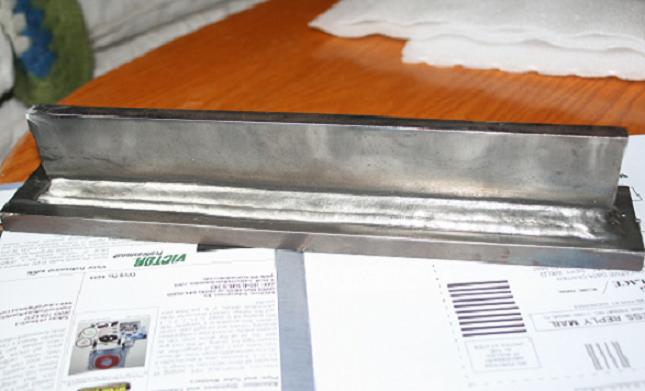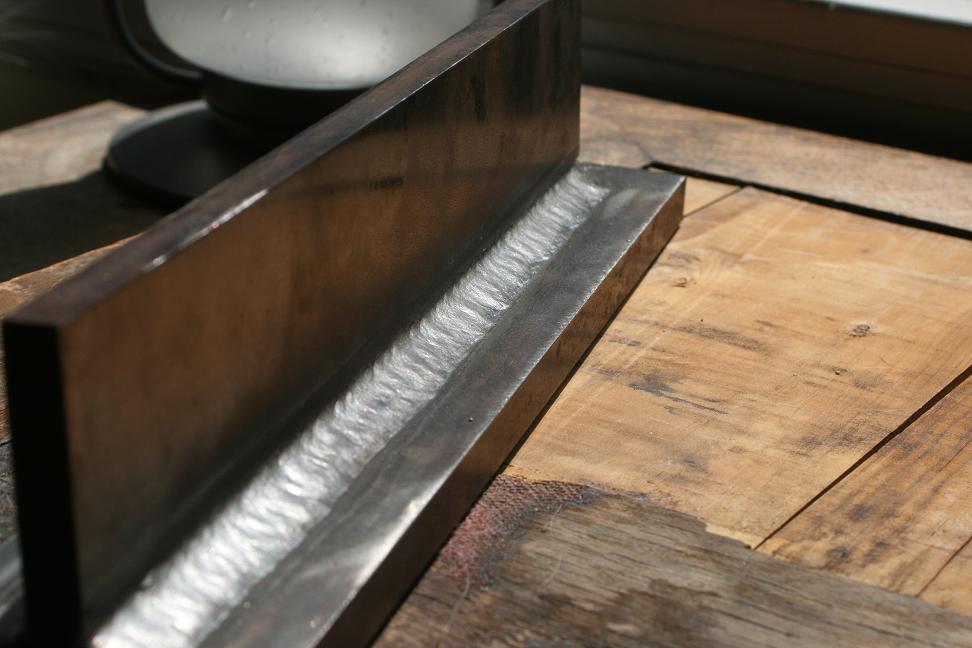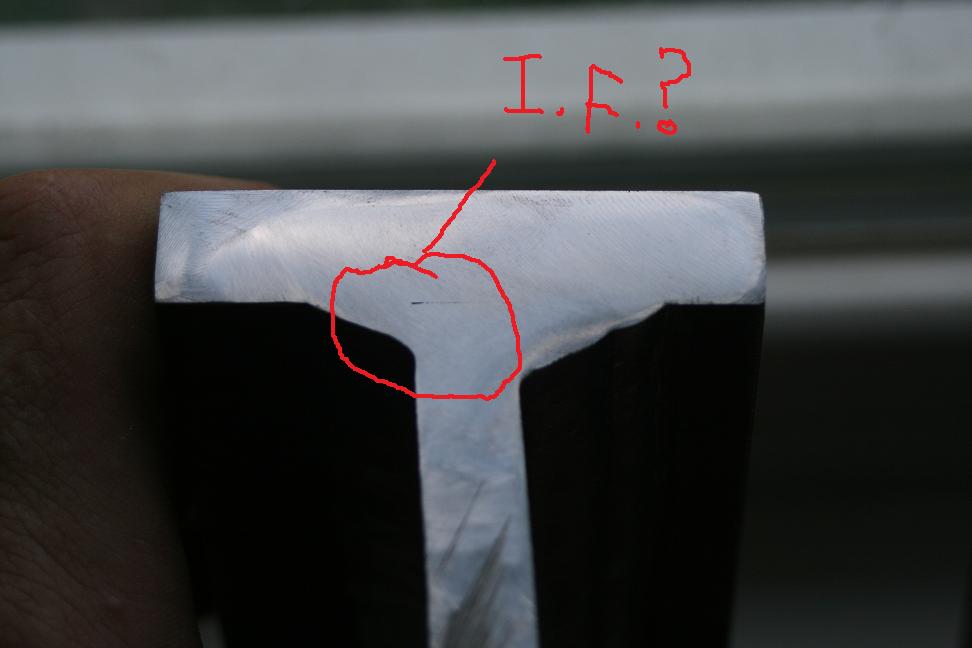Call it a power trip if you want, but when you take on the responsibility for the integrity of the welding performed, your reputation and business is on the line. A cowboy welder, disregarding the work instructions, can jeopardize the entire project. I'm not willing to allow one individual, i.e., the welder that thinks he knows more than me, to put everyone involved at risk including my business and my client's well being.
When the welder is an owner/operator and I'm not involved, he can do as he pleases. I just hope no one's life, well being, or livelihood is at stake.
I can, as can many other inspectors, write several pages of cases where contractors have ignored the drawing, the WPS, work instructions, and code requirements that have lead to disastrous results. Even when lives are not at stake, the economic cost of the consequences, lost time because the equipment was damaged or destroyed, the cost of repairs or replacement, lost wages to the workers that would have been operating the equipment, lost income to the owner, etc. far outweigh the "profits" the contractor made by ignoring the requirements, cutting corners, etc.
As a matter of fact, much of my livelihood is dependent on contractors that don't know what they are doing. I've always said, "the less the contractor knows, the more profitable the job is for me". It's a cynic's position, but experience has shown that all too many contractors don't understand what they are dealing with, have little understanding of the codes they're working with, and are all too willing to place other people at risk for the sake of maximizing their profits. Were that not the case, the job opportunities for CWIs and lawyers would not be as plentiful as they are.
Don't misunderstand my position, there are contractors (including many fine welders) that have the knowledge and the experience to do the work correctly, but those aren't the contractors I deal with. My services are not required when the contractor does the work properly. My bread and butter are the less than qualified contractors that leave disgruntled owners in their wake. The less training the welders have, the less experience the welders have, the better it is for my business and my bank account. Unfortunately, owners are like everyone else, they pinch pennies forgetting that there are reasons the better qualified contractors charge more for their services. Like many of us, the owners pay in the long run by saving a few dollars and electing to accept the lowest initial cost.
I find myself preaching to the choir. Many individuals that participate in the Forum have experienced many of the things I've spoken of. My experiences are not unique. That's one reason many of us frequent the Forum. We answer questions to the best of our ability in hopes many of the mistakes we've seen in the past can be avoided in the future.
Did I stand a little too high on the soap box? Maybe, but if I did it was out of frustration and the desire to cause people to look at a situation from a different prospective and to consider all the factors that determine if a weld will perform as expected. Did I step on a couple of toes in doing so? Sorry if I did.
Best regards - Al










